 ScrapBook
Item scrapbook
index
ScrapBook
Item scrapbook
index
The Great Nore Tower
Page 2 of 2
... the 'Mairoula' collided with the Fort in 1954 damaging one of the reinforced concrete legs of the Searchlight Tower
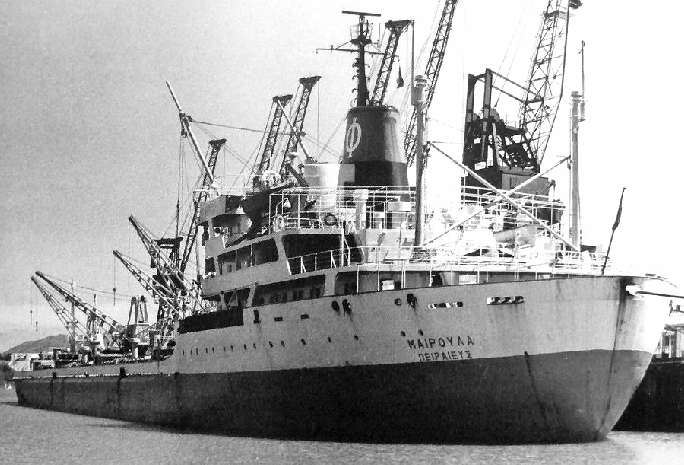
The MV 'Mairoula'
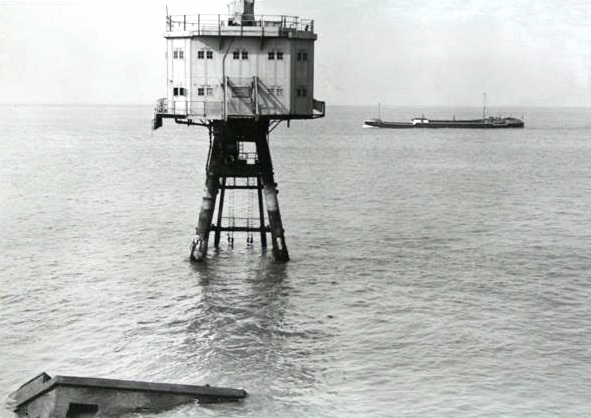
Showing part of the submerged G4 Gun Tower toppled in the 1953 collision (1954)
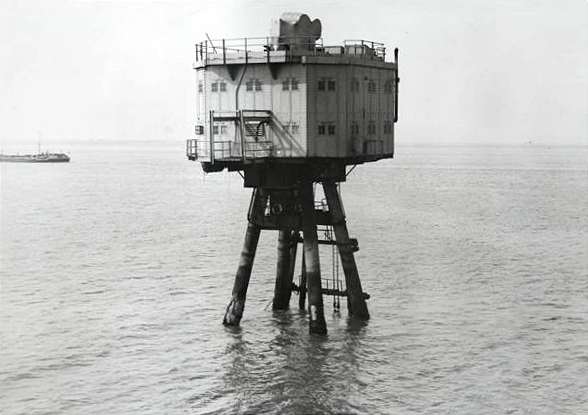
Picture shows the Searchlight Tower leg damage with the Tower still standing (1954)
* The Army Forts were its said to have been designed to be able to remain standing on just three leg
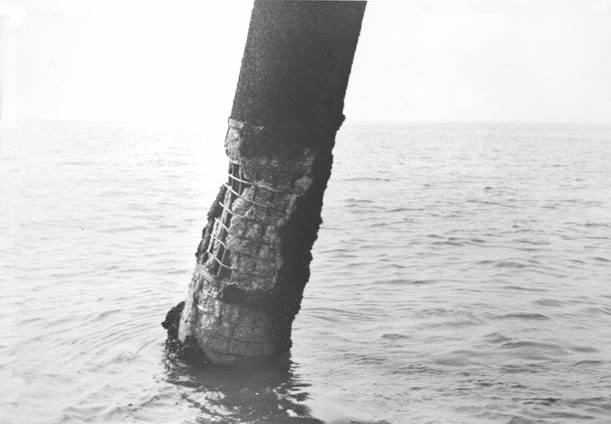
The damaged Searchlight Tower Leg (1954)
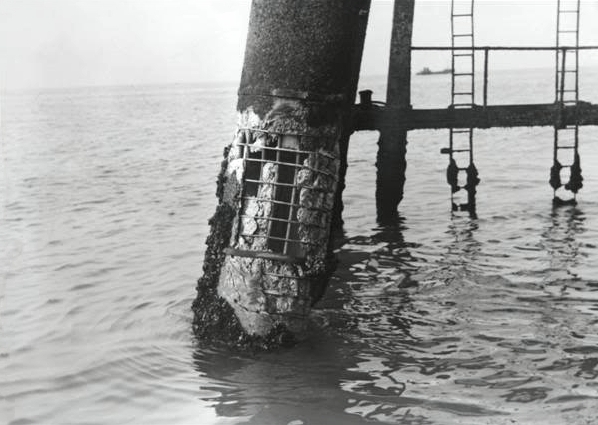
Clearly weakened by the impact (1954)
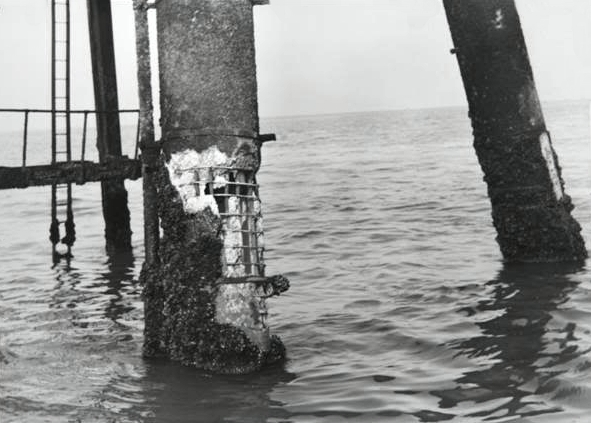
Damage viewed from West (1954)
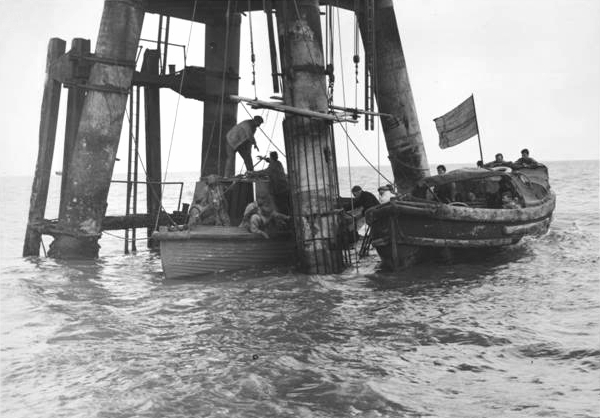
A reinforced steel cage fabricated on-site around damaged area (1954)

Swim ended work boats appear to be a clinker built fisherman & lifeboat (1954)
The temporary height adjustable staging remained in place throughout repair
Vertical cage completed (1954)
Horizontal bars completed viewed from half way staging (1954)
Close up of the steel cage (1954)
Steel shuttering being fitted (1954)
Tricky conditions at flood & ebb tide (1954)
The steel shuttering had previously been manufactured ashore at Red Lion Wharf, Gravesend
Pre-numbered to fit snuggly around the leg (1954)
Note the funnel for pouring concrete (1954)
Shuttering complete (1954)
Searchlight Tower looking Easterly, assume at this time the concrete had been poured (1954)
Close up of shuttering, Control Tower & G1, G2 & 3 (1954)
Searchlight Tower looking Westerly (1954)
Shuttering removed to reveal repaired leg (1954)
The repair viewed from above (1954)
Job well done, shame the Towers ultimate destiny was destruction (1954)
Nore Fort being serviced ... (1957)
... by HMS Wildfire, Sheerness (1957)
... 3.7" Gun Maintenance (1957)
Part of the Admiralty Chart showing the dangerous location of the Nore Fort at the head of the Yantlett Channel (Sea Reach #1 Buoy)
With two serious collisions and a number of near misses in November 1955, the War Office decreed there was no further use for the Thames Estuary Forts and they should be removed down to their bases
On 30th January 1958 it was made plain that the Nore Fort was within Territorial Waters so was the responsibility of the Ministry of Transport
Removal of the Nore Fort complex, due to its perilous close position of the Country's busiest sea lanes was carried out by the Port of London Authority
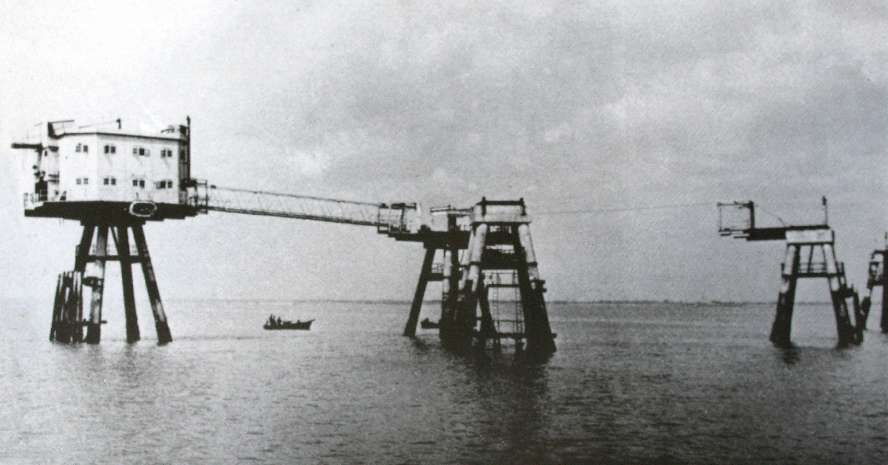
Demolishing Nore Fort (1960)
Work progressed throughout 1959/1960 piece by piece the Nore Fort was dismantled with scrap going to Matthew Lynch & Son Yards along the River Medway
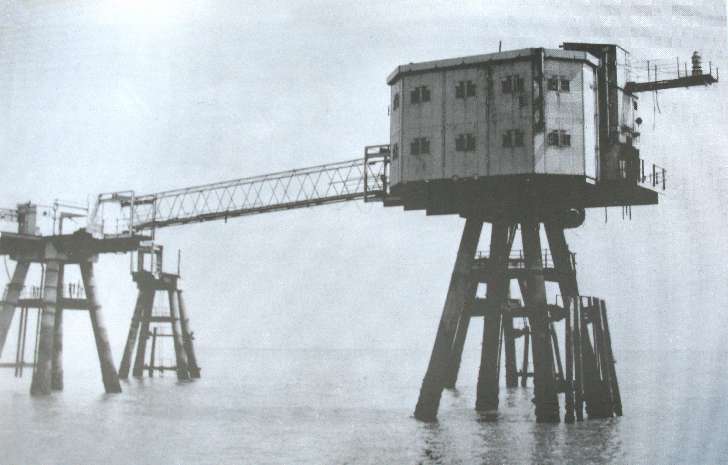
Demolishing Nore (1960)
Smaller sections such as the catwalks were scattered around the seabed, one or two parts show up on echo sounders to this day
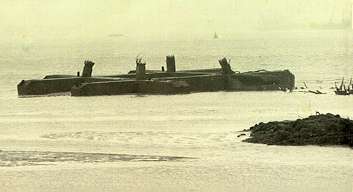
Nore Fort Bases (1969)
The reinforced legs were blown off and the bases were lifted and towed 17 miles up river to the foreshore at Alpha Wharf, Cliffe on the Hoo peninsular
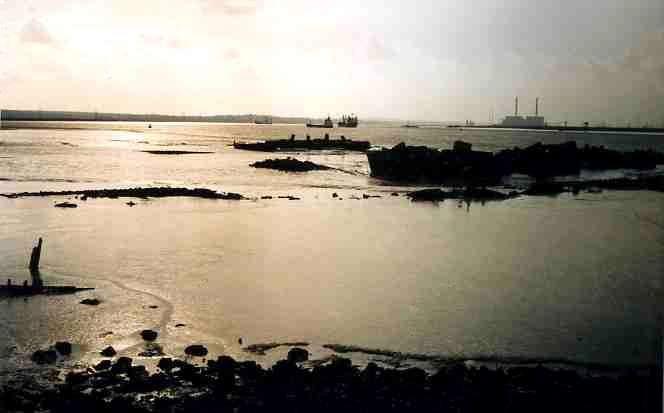
Nore Base Sections (1992)
The bases one complete, can be seen at low tide with Kingsnorth Power Station on the River Medway beyond
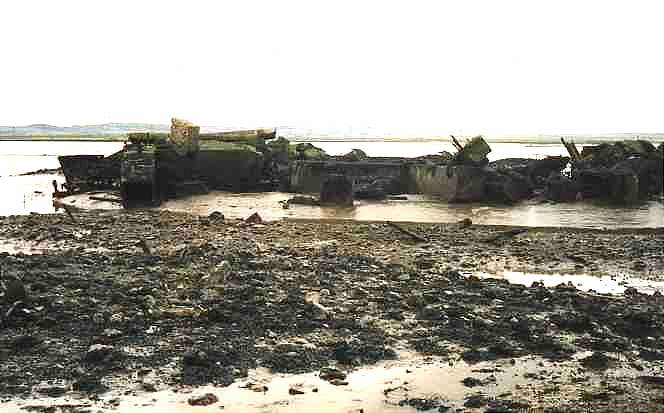
Nore Bases (1992)
Surveyed bases provided useful condition information for comparison for the Forts on Red & Shivering Sands (1992)
Nore Bases (2006) (Hywel Williams)
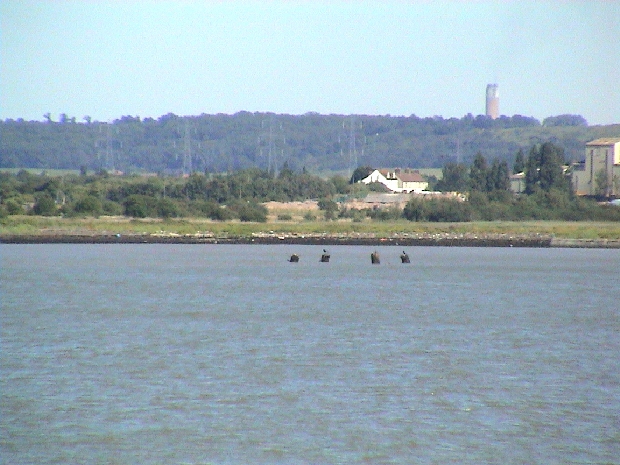
Complete Base Section at full tide (2007) remains on Chart & Aerial
Discussions into the fate of the other Forts came down to money
Removal was deemed too expensive, so in 1958 the caretaker crews were removed from Red and Shivering Sands and the Forts abandoned
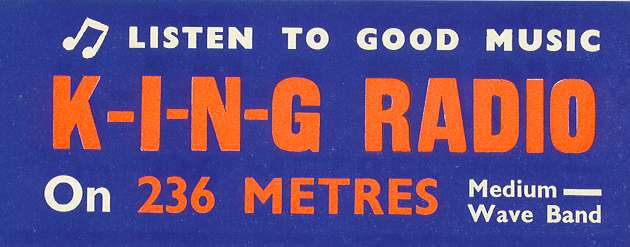
K.I.N.G Radio Sticker (1965)
No pop radio stations came from the Nore, the Fort complex being long dismantled before the Pirate Radio Boom of the mid 1960's
Strangely Radio K.I.N.G taking over from Radio Invicta in March 1965 on Red Sands Forts proclaimed in their test transmissions they were operating from the Nore
Audio |
Eddie Jerold Radio K.I.N.G Test early March 1965 announcing the location as the Nore! |
In the test period with the station off-air the crew, an engineer and the unknown announcer in above clip, were left on the Fort for two weeks before being rescued by Mike Raven with no provisions much the worst for the experience
There's no record of the early crew who was that engineer and announcer?
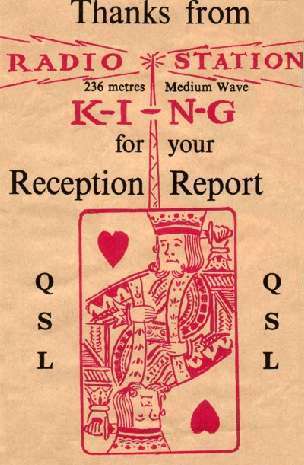
K.I.N.G Playing Card style QSL (1965)
Radio K I N G had good broadcast equipment: Comprising a studio based on the American model, an RCA Transmitter rated at 1Kw which was run at around 600 watts on 238 metres (1259 kHz) then 237 metres (1267 kHz) announced as 236 metres (1277 kHz)
A feeble 'farm fence wire' antenna was held aloft on 4" x 4" timbers, some remnants are still on the roof of the Control Tower
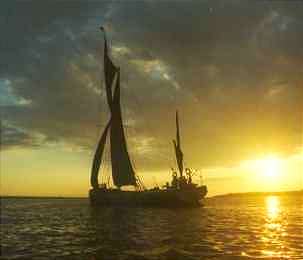
SB 'Greta' sails from the Nore Sands (2003)
For its time the signal was reasonable but the station failed to maintain a continuous output
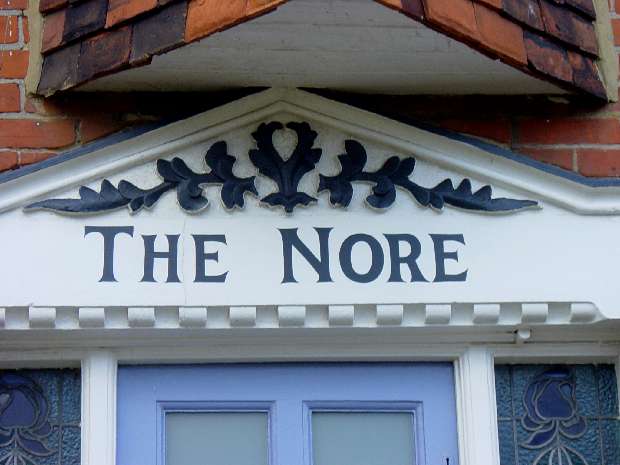
Nore Cottage (2007)
K.I.N.G Radio was to fade into oblivion and close on 22nd September 1965 making way for the powerful and highly successful Radio 390
'The Great Nore in the Thames Estuary'
For general information and build detail on all the Thames Estuary Towers see Fort Fax

With grateful thanks to Simon Cope, Jonathan S Farley, Andy Cadier aka Martin Kayne, Barry Stewart for providing additional material
12/6/15 - Thank you so much for these wonderful pictures. My father was one of the crew that died on the 1st March 1953. My father swopped shifts with someone and paid the price but I wonder how the poor man suffered who stayed at home. I have a picture somewhere of the Ballbeck with the walkway across its deck. They were playing cards that night and someone had gone to make tea which saved his life. My father was very fit and a strong swimmer which is why they said that he was able to be found. It was many weeks before his body washed ashore at The Isle of Grain. He left a wife and three children. My Uncle Who worked for the river police was there when one of the tops was towed in and he climbed in and picked up some pennies from the base, where they had been playing cards to give to his wife. It was many years later that I found out a friend of mine was on the salvage ship that towed the metal to shore. It was great finding these photos so that I can show my Aunty when she visits. Thank you again. Regards Virginia Hanley
Return to Page 1 or Scrapbook Index